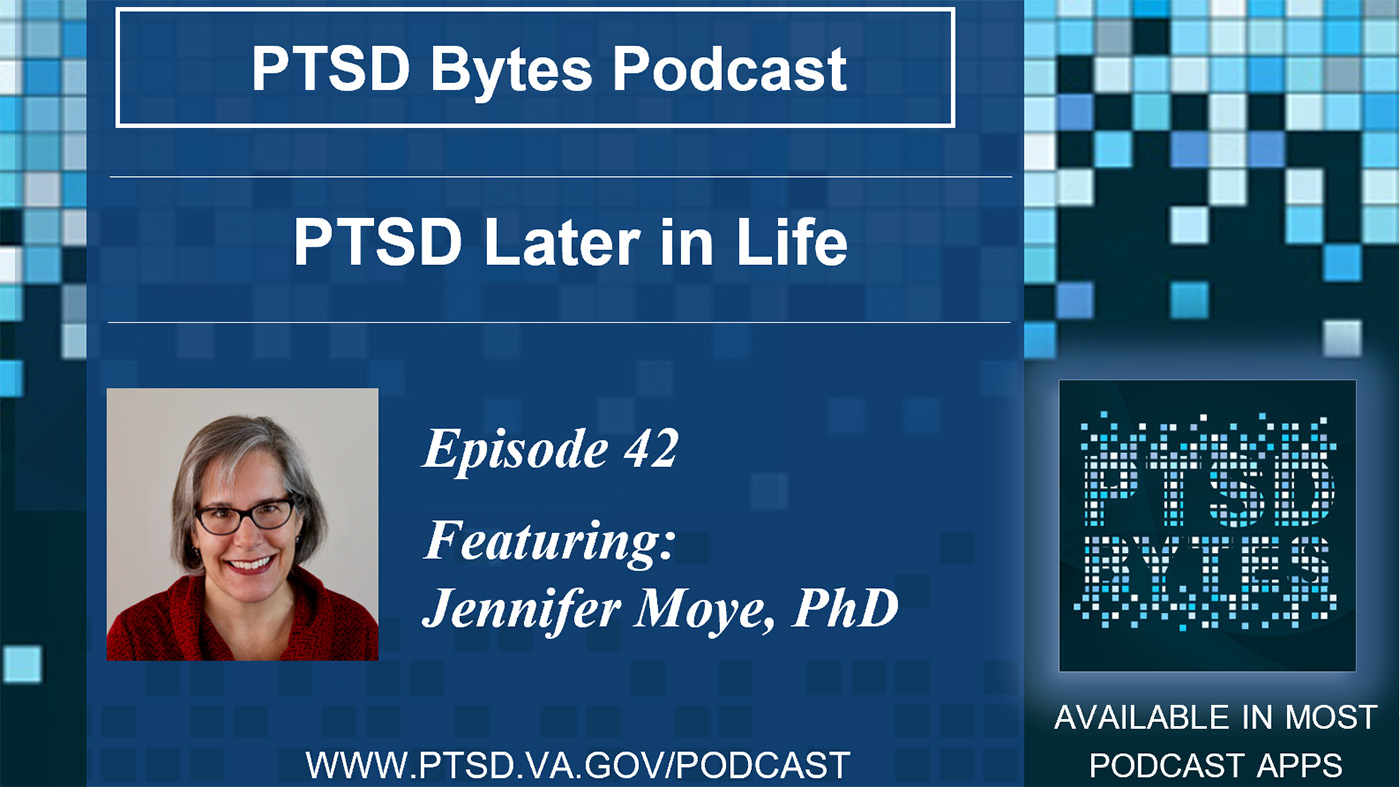This is part one of a two-part series on traumatic brain injury-induced headache (this episode and episode 4).
Traumatic brain injury (TBI) is a disruption in the normal function of the brain that can be caused by a bump, blow, or jolt to the head, or penetrating head injury. Two of the most prevalent problems reported by military personnel following traumatic brain injury are headache and photosensitivity (light sensitivity), which commonly occur together in migraine-like headaches.
Migraine is a type of headache that is more than just a bad headache. It is often accompanied by other neurological abnormalties. This includes photosensitivity, sound sensitivity, widespread painful touch, and nausea and vomiting just to name a few. It represents a significant problem in the both the active military and Veteran populations.
Of the military personnel with chronic daily headache, 66% have been diagnosed with migraine. An additional 28% experience multiple migraine features such as headache and light sensitivity. Notably, headaches are often comorbid with symptoms of post-traumatic stress disorder, sleep disturbances, depression and suicide. The Migraine Research Foundation estimates a direct economic burden of $13 billion in the United States per year with respect to the general population.
In this episode, Air Force Veteran, Doug Lanphier talks about his TBI experience. He is originally from Oskaloosa, Iowa, and lives in Memphis, Missouri. Lanphier comes from a military family and joined the Air Force at age 18 in 1981.
He served as an intelligence operations specialist supporting briefing and debriefing in sorties (maneuvers) during Operation Desert Storm. During his deployment, Lanphier suffered a traumatic brain injury. A Scud missile fragment hit him while on an air base, and he lost consciousness.
The Defense and Veterans Brain Injury Center reported more than 408,000 TBIs among U.S. service members worldwide between 2000 and early 2019. TBI can include a range of comorbidities, from headaches, irritability and sleep disorders to memory problems, slower thinking and depression. These symptoms often lead to long-term mental and physical health problems. This can impair Veterans’ employment and family relationships, and their reintegration into their communities.
Lanphier shares his extensive experiences throughout his service. He also tells how his injury changed his life, suffering for more than 20 years with disabling headaches. He also explains his VA experiences and how a phone call with a VA phone operator saved his life. Finally, he discusses why he thinks research is critical for the treatment of headache and how the VA has attempted to treat his headaches.
For Veterans who served in the Gulf War in Operation Desert Shield or Desert Storm and are concerned about related health risks, the VA has a comprehensive list of these risks and steps that can be taken.
CLICK HERE to read the full transcripts for this episode.
In case you missed it, click here for Vets First Podcast S:1 E:1: Formation of Vets First Podcast
Topics in this story
More Stories
Under Secretary for Health talks with two Veterans who have benefited from a groundbreaking new way to attach a prosthetic limb.
Podcast panelists discuss PTSD and aging and potential treatment options.
On the Ending Veteran Homelessness podcast, learn how the harm reduction approach to substance use can help homeless Veterans.








